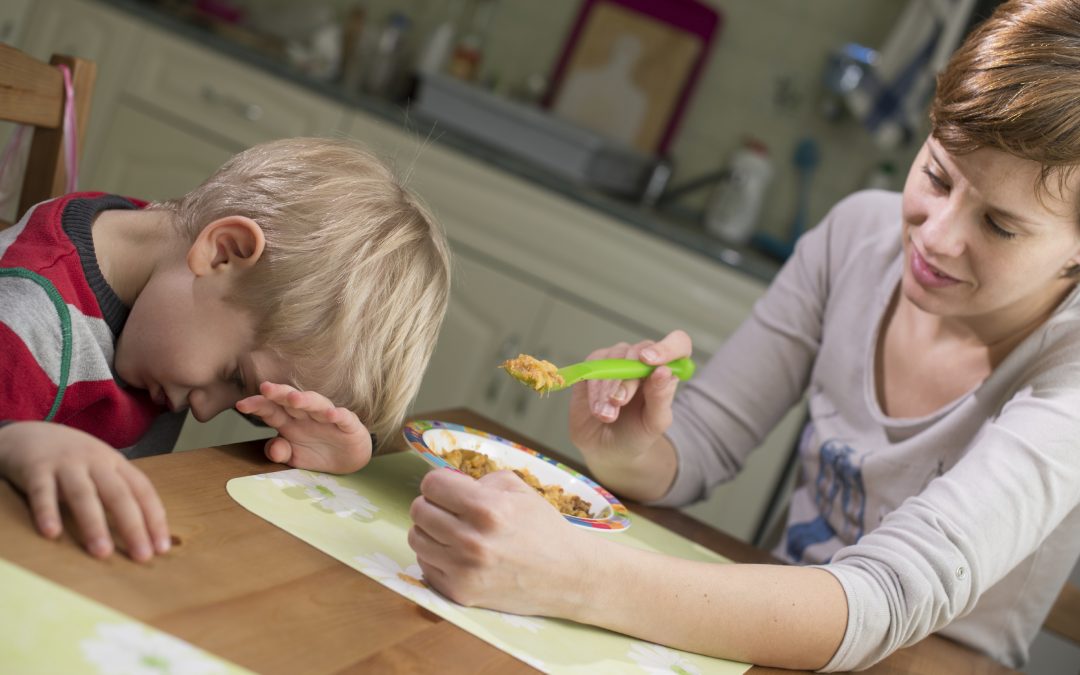Do you remember when you were a kid and your swimming teacher wanted you to jump into the pool from the high dive board? At every swimming lesson, the pressure just built up to jump off that board. It wasn’t even required to pass the class, but the other kids were doing it and for some reason the teacher thought you wanted to jump, too — you just needed some encouragement.
Pretty soon, your parents started to join the effort and told you that if you jumped off the high dive board, they would take you to the store and buy you a toy. Finally, on the last day of swimming, your teacher reminded you, more than once, that it was your last chance to jump into the water from that board. Since you still wanted that toy your parents promised, despite feeling queasy, you bravely climbed the ladder to the board and jumped. You did it. You could hear the cheers from your teacher, your classmates and your parents, too. Everyone was excited — except you.
You still felt a little shaky and scared. When class was over, you got out of the pool to change and go shopping. As you walked out and met up with your parents, they said to you, “That wasn’t so bad, was it?” You quietly shook your head to indicate that it wasn’t. But inside, you knew it was. It felt bad to you. It was scary for you and it didn’t feel fun at all. You even felt a little angry at your parents and your swimming teacher for pushing you to do it, but at least you would get that toy.
After you got the toy, you go home and start to play with it, when you quietly tell yourself that you would never jump off the high dive board again. And you weren’t too worried about more toys either, because now you knew that you could bargain with your parents another time for another toy.
Positive Pressure is still pressure
Who would have thought that even positive pressure can feel bad for the person on the receiving end? They may even feel a bit manipulated. For those offering positive pressure, it may help them not feel bad about it, but it doesn’t change the fact that it’s pressure.
When it comes to feeding our kids, it’s easy to resort to pressure techniques — positive or negative — to get them to eat the foods that are good for them.
In fact, 90 percent of parents pressure their children to eat and 50 percent of children have feeding problems.
According to Ellyn Satter, leading childhood feeding expert, pressure always backfires.
- Trying to get your kid to eat more, results in them eating less
- Trying to get them to eat less, results in them eating more
- Trying to get them to eat certain foods, results in them avoiding it altogether
This makes meal times stressful and unpleasant for everyone, and certainly not a great environment for learning. It can interfere with a child developing a healthy relationship with food, by teaching them to equate eating certain foods for a host of other reasons (to get a toy, a food treat, to stop misbehaving, etc.). It also interferes with a child’s job of learning to like new food. For that reason, it is recommended to keep food neutral, and to keep food exposure offerings neutral.
Have you heard the phrase: “It takes 20, 30, 60 times before a child learns to like a new food?” It can be many more exposures than that, and the exposures must be neutral. That means, no pressure.
What can pressure look like?
- Pressure can be positive: encouraging, reminding, rewarding, cheering or telling the child how good and healthy the food is for them.
- Pressure can be negative: restricting certain foods or amounts of food, punishing, shaming, withholding, forcing, threatening, coaxing or begging.
The bottom line is pressure is hard to detect. Be a pressure detective and ask yourself if what you are doing with feeding has to do with getting your kid to eat, eat enough, not eat so much or eat the right kinds of food. If it is, then it’s pressure.
Jennifer Harris, RDN LD CEDRD, Ellyn Satter Institute faculty member

